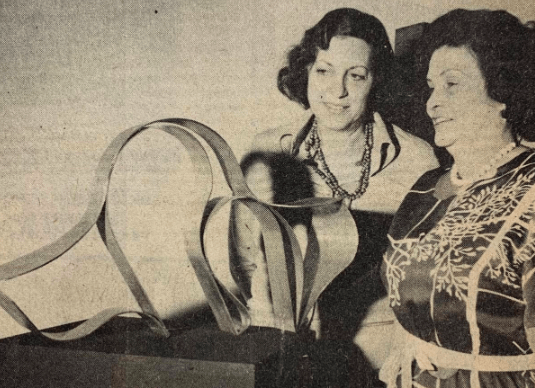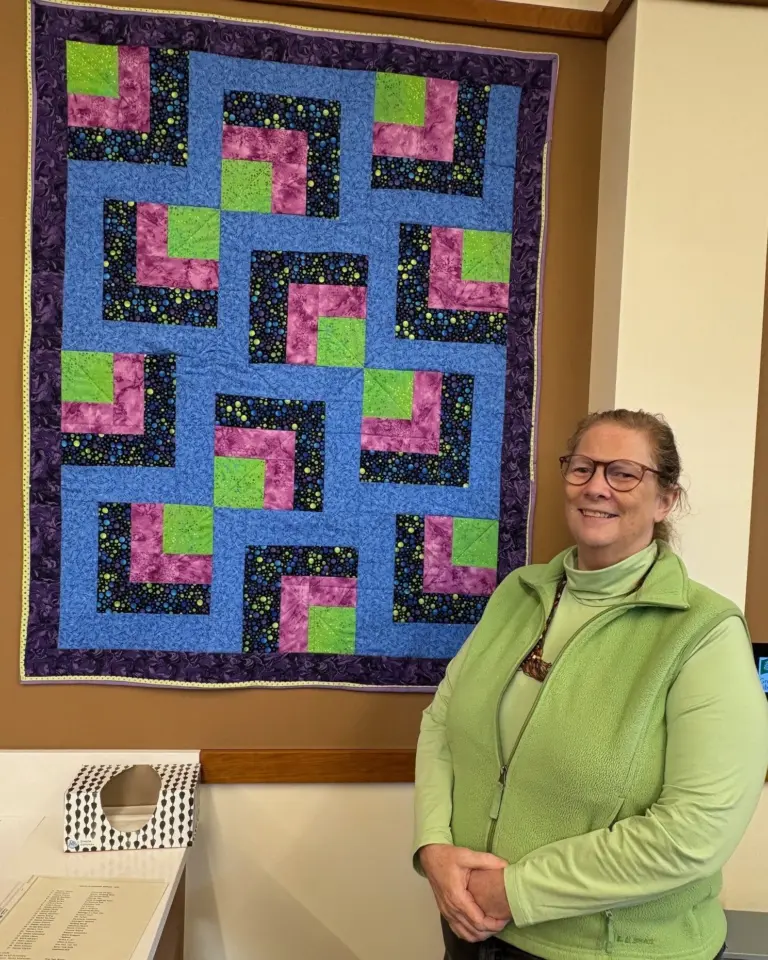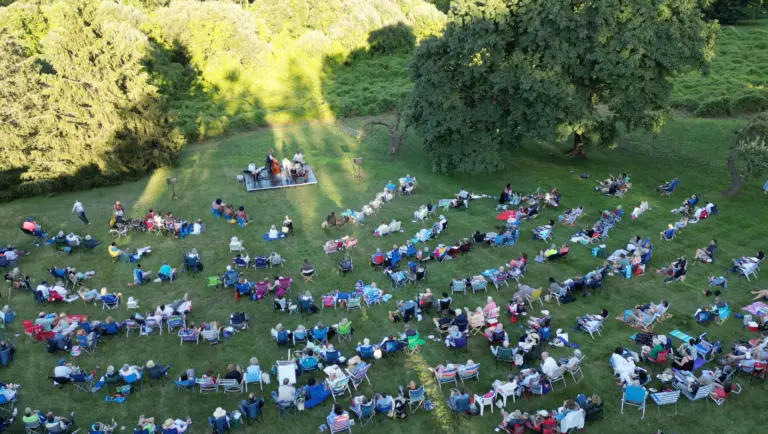
In March we’re celebrating Women’s History Month by looking at some of the illustrious women who have contributed to the Flinn Gallery’s history over the last 90+ years. The gallery itself owes its existence to one particular woman, visionary town librarian Isabelle Hurlbutt, who founded the space and secured funding in 1928. The gallery was later dedicated and named in her honor. In 2000, following a Greenwich Library renovation, we moved into new exhibition space and were renamed the Flinn Gallery.
From our earliest days we’ve shown women artists in all media and styles, from a 1930 solo exhibit of photographer Clara Sipprell (Photographs by Clara Sipprell: American Southwest, Canadian Rockies, Portraits) to abstract painter Elaine De Kooning, included in 1956’s Greenwich Collects: Twentieth Century Masterpieces. Lila Katzen and environmental artist Athena Tacha were in Greenwich’s town-wide outdoor sculpture bicentennial celebration, Sculpture ’76, with their maquettes and drawings shown at the gallery.
Tacha’s work was on view the following year in Contact: Women and Nature, curated by Lucy Lippard. That 1977 show featured a Who’s Who of female artists ranging from Louise Bourgeois and Yvonne Jacquette to Nancy Graves, Carolee Schneemann, and Ana Mendieta and is one of the two exhibits we’ve shown where “women artists only” was an organizing principle. 2017’s Venus Fly was the other.
Legendary gallerist and abstract artist Betty Parsons was shown twice in the early 1970s and, four short years after Paula Cooper opened the first art gallery in Soho, we hosted Paula Cooper Gallery: New York ’72, albeit with sculptor Lynda Benglis as the sole female on the show’s roster.
Whether it’s our all-female group of volunteers, guest curators and gallerists, or, most importantly, the incredible artists we’ve shown throughout our 90+ years, women have been at the forefront of everything we’ve achieved. While we’re currently closed due to the pandemic, we hope you’ll watch for our monthly themed emails, follow along on Facebook and the Flinnstagram, and explore our website for more of the Flinn Gallery’s history.




